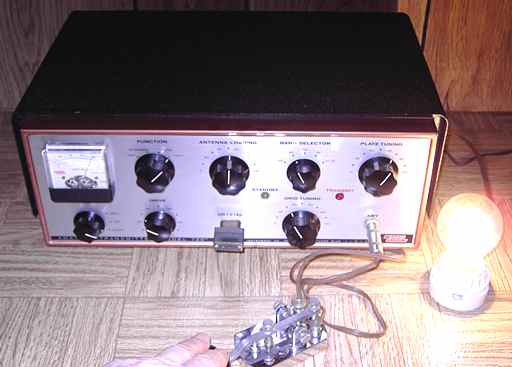Hello people 
Wondering if it is possible to determine the voltage from this circuit diagram at the WV1 terminal?
This is the inlet valve of a dishwasher that is showing a fault code. Seems that it is either related to the inlet valve or possibly a control board short.
The inlet valve is one of the aqua stop valves with a solenoid built into the hose, like this one:
https://goo.gl/images/JGc8Mh
Power supply is 240V. I have removed the valve connector from the board and taken a reading across the terminals on the control board with the dishwasher powered up, reading shows around 70V AC
Basically trying to determine whether to buy a new aqua stop hose or if the control board is cooked, throw the dishwasher in the bin.
Preference would be to repair to save $$$ but not wanting to spend $100 on a hose that may not be the problem. Googling has not really given me any answers how to test the valve, but assume to connect voltage, turn on the water and see if the valve opens & closes as it should. The 70V reading on the control board is throwing me a bit.
Dishwasher is about 15yo so has had a good run with a few repairs by me over the years, latest being a replacement pump.
Just trying to be a tight wad and repair if possible and get another couple of years out of it
Plus I hate washing dishes by hand!

Wondering if it is possible to determine the voltage from this circuit diagram at the WV1 terminal?
This is the inlet valve of a dishwasher that is showing a fault code. Seems that it is either related to the inlet valve or possibly a control board short.
The inlet valve is one of the aqua stop valves with a solenoid built into the hose, like this one:
https://goo.gl/images/JGc8Mh
Power supply is 240V. I have removed the valve connector from the board and taken a reading across the terminals on the control board with the dishwasher powered up, reading shows around 70V AC
Basically trying to determine whether to buy a new aqua stop hose or if the control board is cooked, throw the dishwasher in the bin.
Preference would be to repair to save $$$ but not wanting to spend $100 on a hose that may not be the problem. Googling has not really given me any answers how to test the valve, but assume to connect voltage, turn on the water and see if the valve opens & closes as it should. The 70V reading on the control board is throwing me a bit.
Dishwasher is about 15yo so has had a good run with a few repairs by me over the years, latest being a replacement pump.
Just trying to be a tight wad and repair if possible and get another couple of years out of it
Plus I hate washing dishes by hand!
 Had the valve shown a fault or the control board shown a fault I would have been more satisfied, the machine has had a minor leaking problem for a while and I just figured it is not worth the hassle of trying to diagnose the fault code so opted for the easy way out.
Had the valve shown a fault or the control board shown a fault I would have been more satisfied, the machine has had a minor leaking problem for a while and I just figured it is not worth the hassle of trying to diagnose the fault code so opted for the easy way out.
